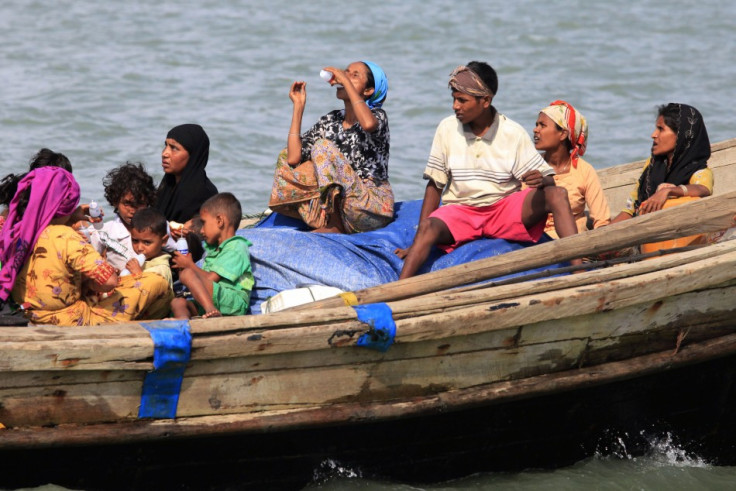US Denies Ethnic Cleansing Campaign against Rohingya Muslims in Myanmar

The US has denied Saudi Arabia allegations that Rohingya Muslims in Myanmar, or Burma, are victims of a campaign of ethnic cleansing.
A senior State Department official expressed "deep concerns" over the increased sectarian tensions in western Myanmar but denied that Myanmar security forces were trying to eradicate the Rohingya population
US officials accompanied UN human rights envoy Tomas Ojea Quintana on a visit to Rakhine state, home to the majority of Rohingya.
"We continue to monitor sectarian tensions in Burma, in Rakhine state in particular," State Department spokesman Patrick Ventrell said.
"We continue to urge all parties to exercise restraint, to refrain from further violence, and to uphold principles of non-discrimination, tolerance and religious freedom. We obviously have some concerns about making sure that [the displaced] get humanitarian aid."
The head of the Organisation of Islamic Cooperation (OIC) has also decried the violence.
The conflict began in June 2011, when 10 Muslims were lynched by a crowd of angry Buddhists. According to one estimate, 80 people have been killed and more than 100,000 displaced during the conflict - though Human Rights Watch said the figure was "grossly underestimated".
Although there is no official state religion in Myanmar, the majority of the population is Buddhist. The Rohingya have never been given Myanmese citizenship, and are seen as illegal immigrants by the country's government. President Thein Sein said that the best way to end violence against the Rohingya would be to send them to another country.
However, neighbouring Bangladesh has provided little encouragement to Muslims seeking sanctuary across the border, and has even ordered three international charities to desist from providing aid to Rohingya refugees.
Evidence of conflict
Al-Jazeera reported that in Sittwe, the capital of Rakhine state, evidence of the conflict was everywhere with burned homes, shops and markets and Muslim neighbourhoods turned deserted.
In some areas of the city, the devastation has been compared to that wreaked by Cyclone Nargis, which struck Myanmar in 2008. Benjamin Zawacki, a Bangkok-based researcher for Amnesty International, described the violence as "primarily one-sided, with Muslims generally and Rohingya specifically the targets and victims".
Outside Sittwe, the village of Bhumei was "overrun" by thousands of refugees who were forced from the city first by mobs than by security troops, Al-Jazeera reported.
One ethnic Rakhine soldier claimed he and his comrades killed "300 Rohingya" from Myothugyi village near the area of Three Mile between Buthidaung and Maundaw townships in June.
"I put the butt of my gun here at [the right side of] my waist and shot down many Muslims while keeping my left hand on magazines so that I could quickly fill up my bullets," the soldier said. "There were so many dead bodies that we had to call in a bulldozer to make a mass grave."
© Copyright IBTimes 2025. All rights reserved.






















